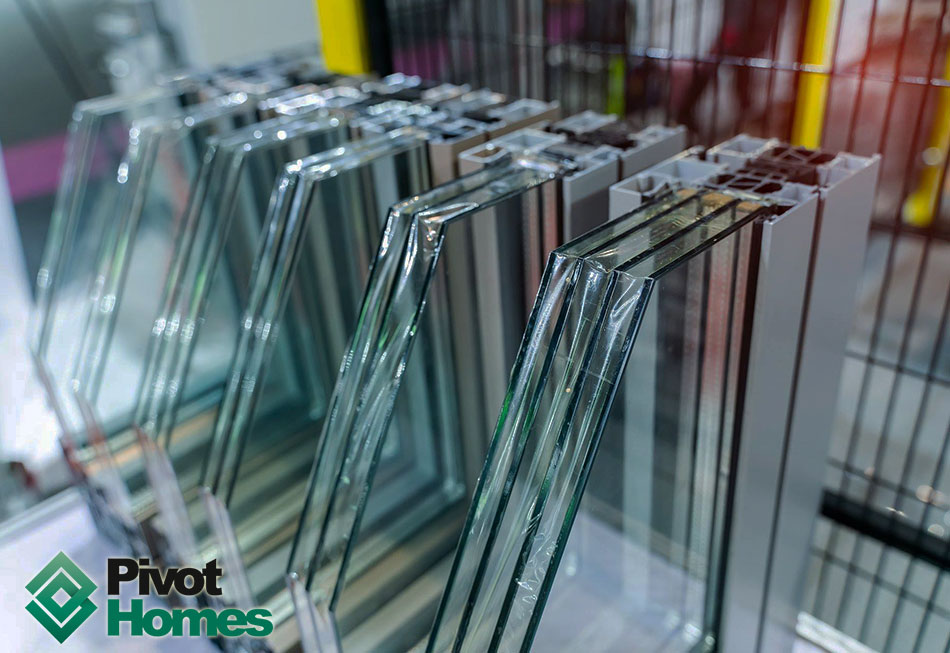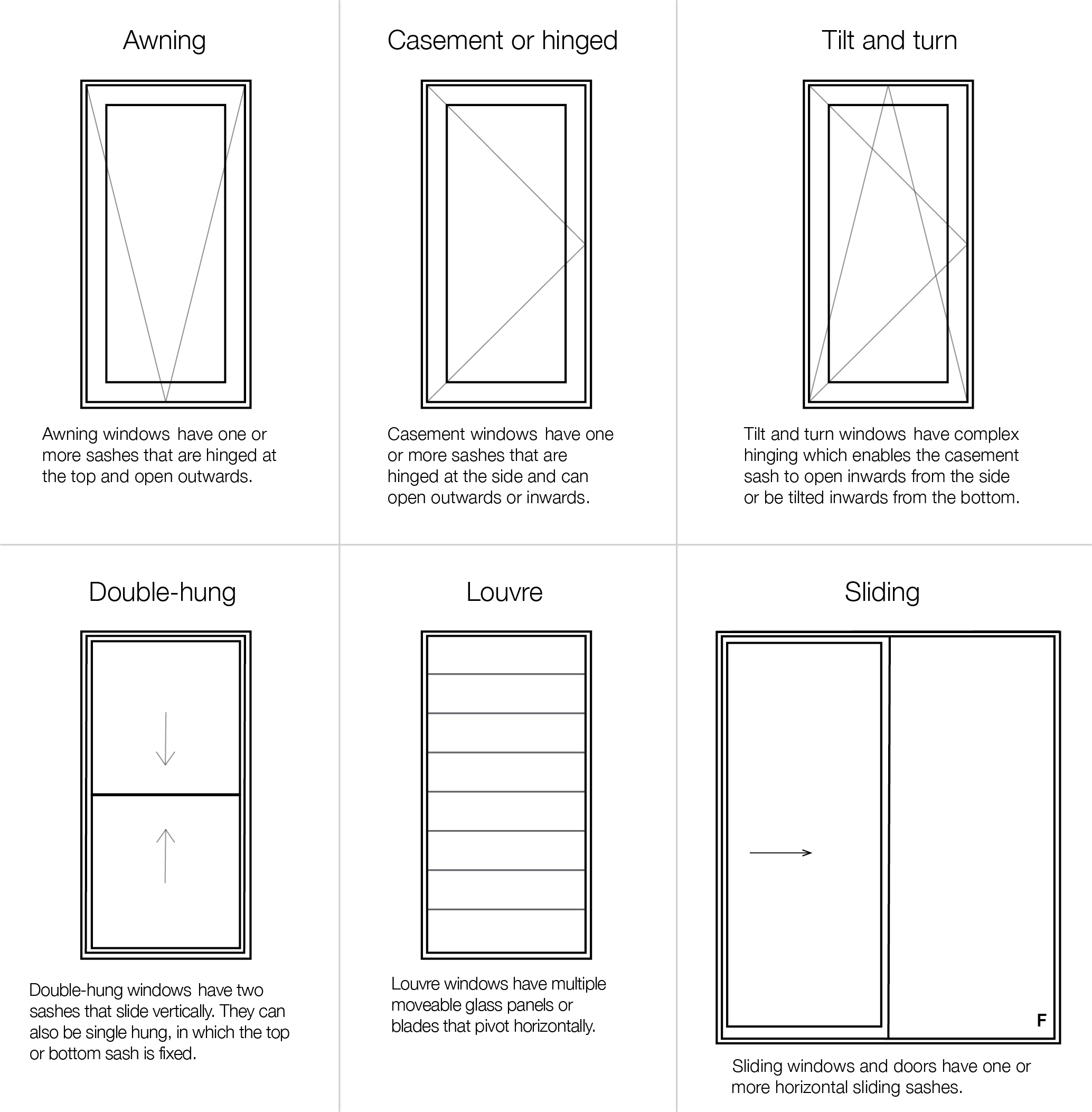All Categories
Featured
Table of Contents
Keeping Your House Cool In The Summer in Kinross Perth
That window can transfer more solar heat in winter season than in summer season. A west-facing window on a summertime's afternoon has an angle of occurrence from near 0 as much as 30 with a big efficient area of solar radiation. A north-facing window, in summer season, has a high angle of occurrence and a low efficient location of solar radiation, so can transmit less heat than a west-facing one.

You can quickly and quickly enhance the thermal efficiency of your house by replacing your windows. This is among the most reliable techniques of restoration to attain enhanced thermal comfort. There are countless types of glass and frames to pick from. Selecting the ideal ones is important to improving the energy effectiveness of your house.
Benefits Of Double Glazing Low-e in Balcatta Western Australia
There are several kinds of glass items to select from. Single glazing utilizes a single pane of glass. Single glazing with clear glass is not extremely efficient when it pertains to heat loss or gain. To improve efficiency, you can utilize single glazing with a more energy-efficient type of glass such as low emissivity (low-e) glass.
The energy efficiency of IGUs likewise depends on: the properties of each layer of glass. Various glass types (for example, clear and low-e glass) can be put together in an IGU.
Diy Double Glaze in Karrinyup WA

IGU cavities can be filled with air or a more inert, low-conductivity gas such as argon the width of the cavity. Broader cavities supply lower (much better) U values, with 12mm normally accepted as the preferred gap how well the cavity is sealed.
If argon is set up to the cavity in location of air, moisture is dependably omitted the level of desiccant (drying representative). The spacer (metal or polymer strip) that separates the glass layers contains a desiccant to soak up any moisture. Inadequate desiccant might cause wetness to condense on the glass surface area in cold conditions, reducing thermal performance.
Double Glazed Windows Sydney in Mullaloo WA
IGUs can provide much better energy performance for all environments, specifically in heated and air-conditioned homes. Cross-section information of single, double and triple-glazing systems Low emissivity glass (frequently known as low-e glass) minimizes heat transfer. Low-e glass may be either high or low transmission: High transmission low-e glass has a coating that enables daytime from the sun to pass into your home to attain good solar heat gain, but reduces the quantity of the long wavelength infrared heat that can leave back through the window.
Low-e glass has either a pyrolytic finish or a vacuum-deposited thin movie metal coating. Pyrolytic coverings are long lasting and can be used for any glazing; vacuum-deposited finishings are soft and are just utilized within IGUs. Low-e finishes can substantially enhance both U worth and SHGC; however, they must be used properly or they will either degrade or fail to carry out as required.
Which Type Of Glass Is Best For Energy Efficiency? - A&l Windows in Joondalup Western Australia
Low-e coatings can be utilized in combination with clear, toned or reflective glass. Low-e coverings on glazing can reduce heat transfer where required Photo: Department of Industry, Science, Energy and Resources Toned glass has actually colouring additives consisted of during manufacture. It is readily available in numerous colours, normally bronze, grey, blue and green.
Latest Posts
Home Window Glazing - Sustainability Victoria in Carmel WA
Windows Of Opportunity: Your Guide To High-performance ... in Kallaroo WA
Double Glazing Windows in Rockingham WA